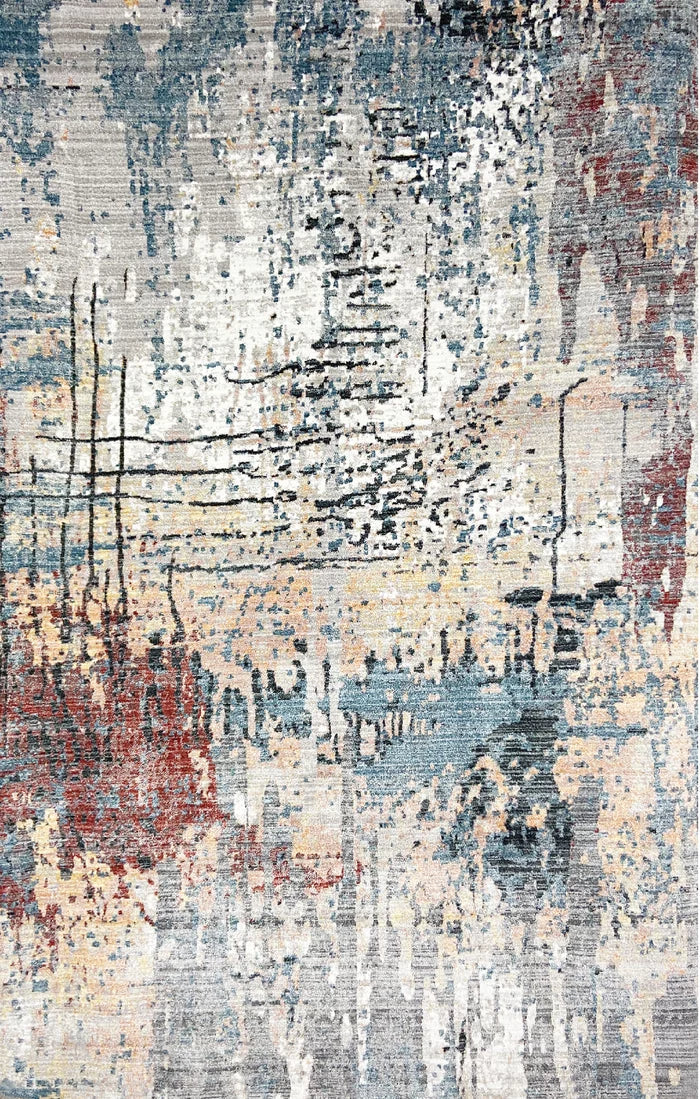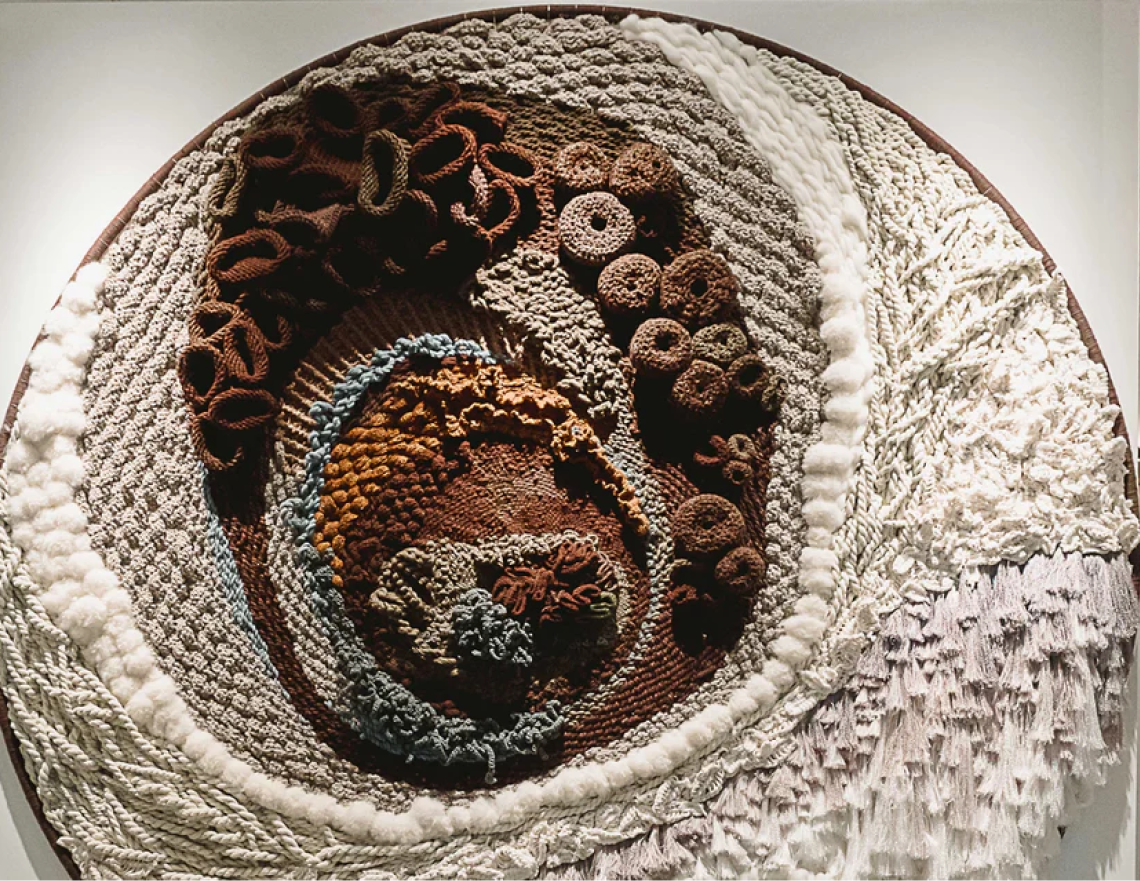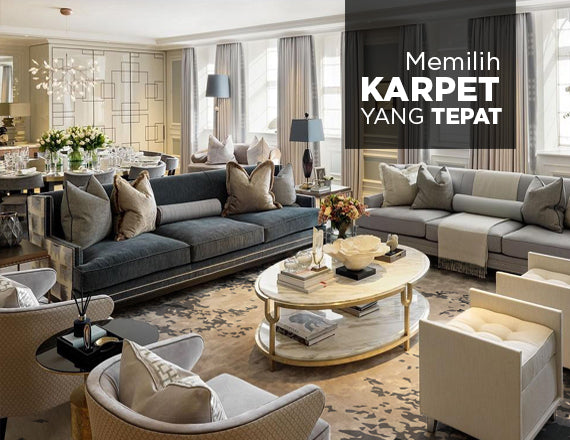
TYPES OF RUGS MATERIALS
Types of carpet materials and their advantages
The material of the carpet is a very important factor that helps determine its quality. There are a variety of fibres used to make carpets, from natural to synthetic yarns. Read about their properties, advantages and disadvantages in the following paragraphs.
The quality of a carpet is determined by the type of material used to make it. There are many materials used to make carpets such as yarn from natural to synthetic fibres. On this occasion, we will discuss the types of materials used to make carpets along with their advantages.
Wool
Wool is the most widely used carpet fibres. The durability of natural fibres, and combined with its luxurious appearance make Wool the best choice for those who want a carpet investment in the long term. In addition, wool is also very comfortable to touch and uses little or no chemicals in its production process, making it a great choice for people with allergies. Wool fibres are also non-reflective and flame retardant.
The downside of wool fibres is that it is very susceptible to mould growth. This is because wool fibres have the ability to absorb and retain moisture very well. This ability also makes Wool fibres easy to dye for the above reasons, wool requires regular cleaning and is not suitable for homes with high humidity. Wool is also more expensive than synthetics and is sensitive to certain chemicals.
Coarse Plan Base Fibres
The downside of wool fibres is that it is very susceptible to mould growth. This is because wool fibres have the ability to absorb and retain moisture very well. This ability also makes Wool fibres easy to dye for the above reasons, wool requires regular cleaning and is not suitable for homes with high humidity. Wool is also more expensive than synthetics and is sensitive to certain chemicals.
Natural carpet fibres can be broadly classified into protein fibres of animal origin such as wool and cellulose fibres of plant origin such as cotton. The demand for vegetable fibres has experienced growth in recent years. Coconut, sisal, seagrass, and flax coir are both coarse and firm in texture, in order from strongest to slightly less durable and finer. These fibres are cheaper, non-toxic and sustainable because of their natural production. Cellulose fibres are excellent heat and noise insulators and also improve air quality with low maintenance. However, these fibres absorb moisture and stains easily. They're also not the best choice for you if you're looking for a plush, soft rug to relax on. Coir and sisal are hardwearing but become softer with regular use and care. Hemp and seagrass, when exposed to direct sunlight, fade and this can create an uneven colour throughout the carpet.
Polyester
Next is synthetic carpet fibres, we start with polyester which is very popular in the carpet industry, because as an alternative to Wool, Polyester is very luxurious, soft and has the added ability to repel fluids. It also resists dyes well, which is why polyester rugs come in beautiful, vibrant colours.
Acrylic
It has a luxurious and comfortable appearance at a low price. This Acrylic material has good static resistance and resists moisture very well, making it durable. Acrylic rugs absorb colour well, are easy to care for, and stay bright for a long time. However, acrylic rugs sometimes react to chemicals with an alkaline base resulting in browning.
Viscose
The next synthetic fibres carpet is Viscose. For those of you who want to have a carpet with a luxurious appearance resembling silk, you can use a carpet with viscose material. The textures and colours produced are very luxurious and very similar to real silk carpets.
Viscose
The next synthetic fibres carpet is Viscose. For those of you who want to have a carpet with a luxurious appearance resembling silk, you can use a carpet with viscose material. The textures and colours produced are very luxurious and very similar to real silk carpets.


